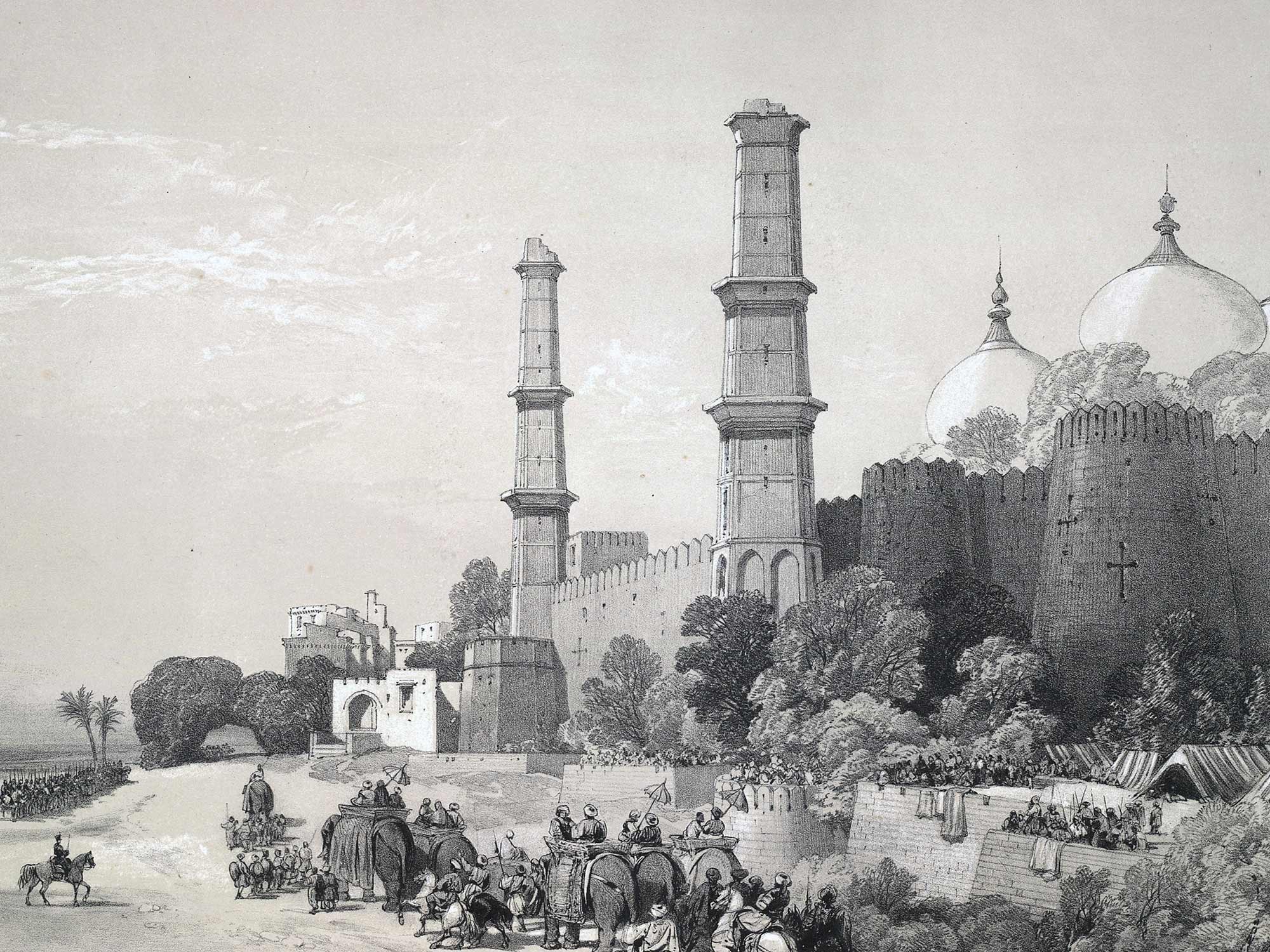
From exiled Maharaja to Norfolk aristocrat
Just how did the ruler of one of the most powerful empires in India become a country gentleman in 19th century Norfolk? We look at the amazing story of Duleep Singh
Today, the Ancient House Museum in Thetford is one of the best examples of early Tudor houses remaining in East Anglia, home to a large collection of artefacts telling the highly distinctive history of Thetford and the Brecks. But the building may not have survived at all were it not for its links with one of the most powerful kingdoms on the Indian sub-continent: the Sikh Empire.
Ruled by its founder, Maharajah Ranjit Singh, the kingdom was reformed into one that was hugely wealthy and prosperous, home to the 105-carat Koh-i-noor diamond now in the hands of the British Royal Family.
But when Ranjit Singh died in 1839, his kingdom soon fell into disorder. His son Duleep Singh, at only five years old, became heir to the throne while the Anglo-Sikh war raged around him. For a time, his mother ruled as regent, but Duleep was torn from her by the British East India Company and transported to the other side of the country. There, he was placed in the hands of a British couple and the young, impressionable boy started learning about Christianity and the Bible.
At 15, he was exiled to England, where he entered Victorian high society. He became a favourite of Queen Victoria, holidaying with the family at Osborne House and sitting by her side at banquets. While society expected him to be the exotic Indian prince in public (a role he played up to) in private he was the quintessential English aristocratic, learning to shoot and spending his teenage years moving in high circles.
Actually, it was his love of shooting that spurred Duleep to buy the Elveden Estate on the Norfolk/Suffolk border. With his government pension, he remodelled the exterior of the house in Italian fashion but transformed the interior into an Indian palace.
“He installed beautiful Indian cornices and graced the building with lovely marble arches,” says local historian Peter Bance, the acknowledged authority on the Singh family who’s written two books on the subject and maintained a website on the family for over a decade. “The interior is still intact today, but it hasn’t been maintained – the house hasn’t been lived in since it was used as a US airbase during the Second World War.”
Peter says that while Duleep was resident, however, the ‘palace’ was more like a zoo.
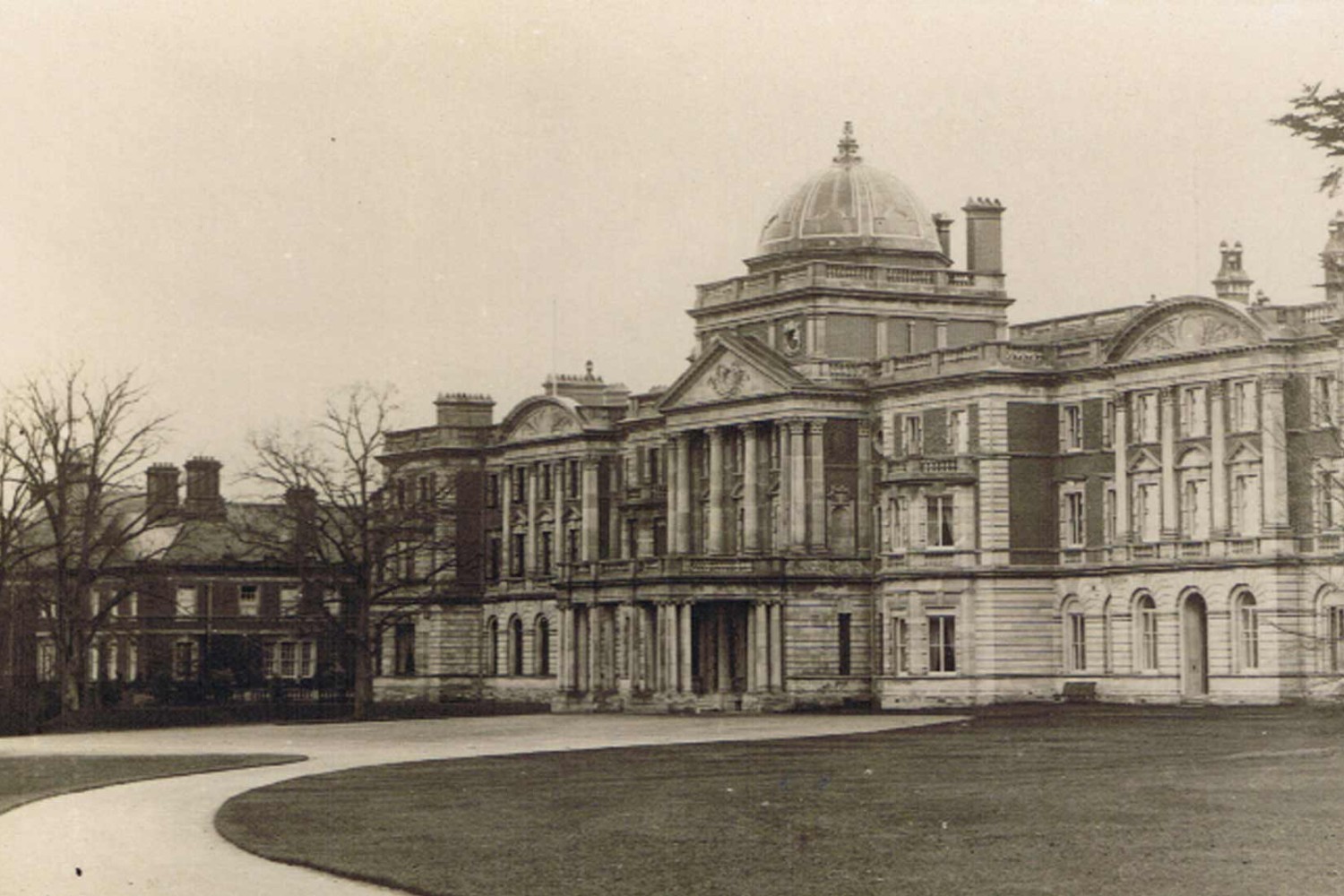
“He loved falconry and introduced the practice to the estate,” he says. “He brought people over from France to rear birds, keeping them in an exotic aviary – and he even had a kangaroo!”
The estate had around 22,000 acres, which the exiled Maharaja turned into a game preserve, hosting popular shooting parties and inviting the rich and famous. During his time at Elveden, he also restored the local church, cottages and school.
Today, the land remains a large private hunting estate in the hands of the Guinness family and has been a popular filming location, used in films such as Eyes Wide Shut, Stardust and Lara Croft: Tomb Raider.
After 13 years of separation, Duleep was finally reunited with his mother in 1861. The British Government, which had hitherto prevented their meeting, finally relented, believing her too frail and blind to pose a significant threat. She was allowed to return with him to Elveden, where she taught her son about his Sikh roots and where they lived together for two years until her death.
Duleep kept up his studies after his mother’s death, which came at a time when his relationship with the British government began to sour.
Although he’d been promised a pension of £40-50,000 a year on his exile to England, the most he ever received was £20,000 a year – which he argued wasn’t enough. Coupled with an ancestry he couldn’t ignore, this falling out propelled Duleep towards Sikhism. He determined to return to India and be re-baptised into the faith.
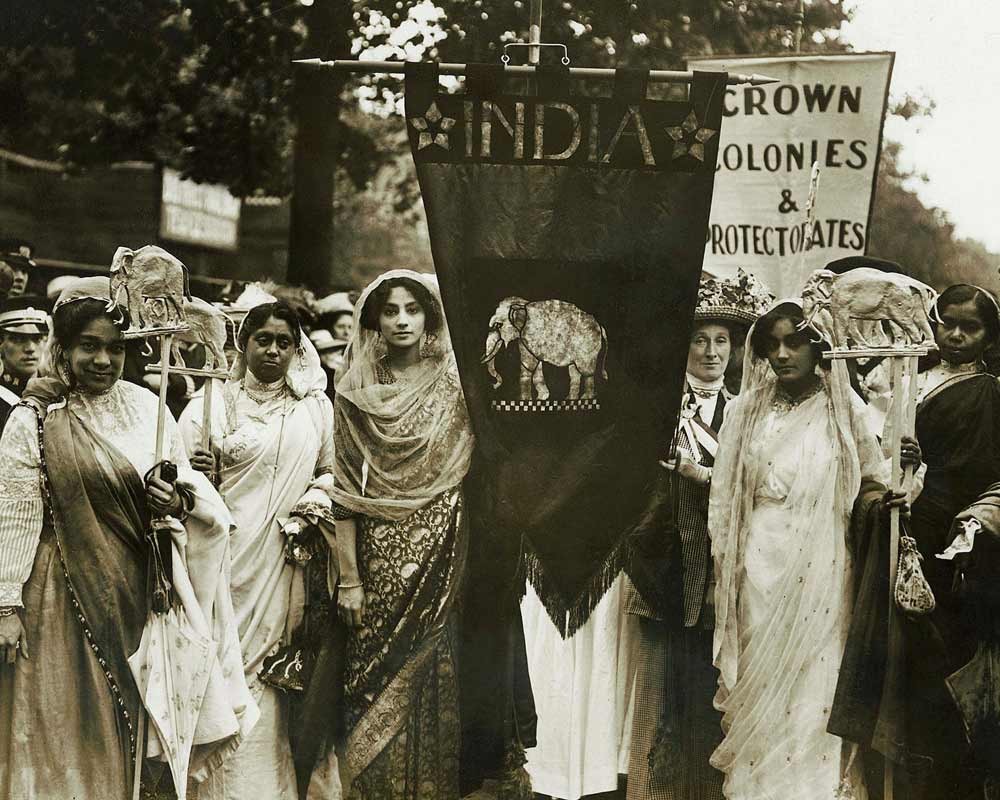
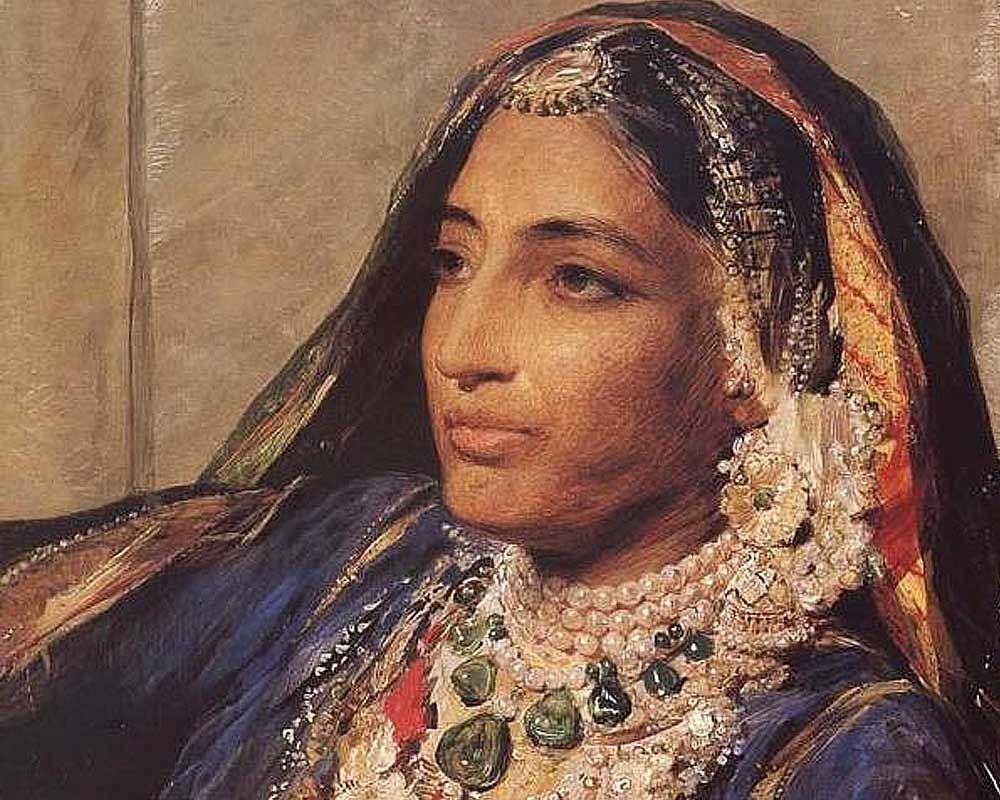
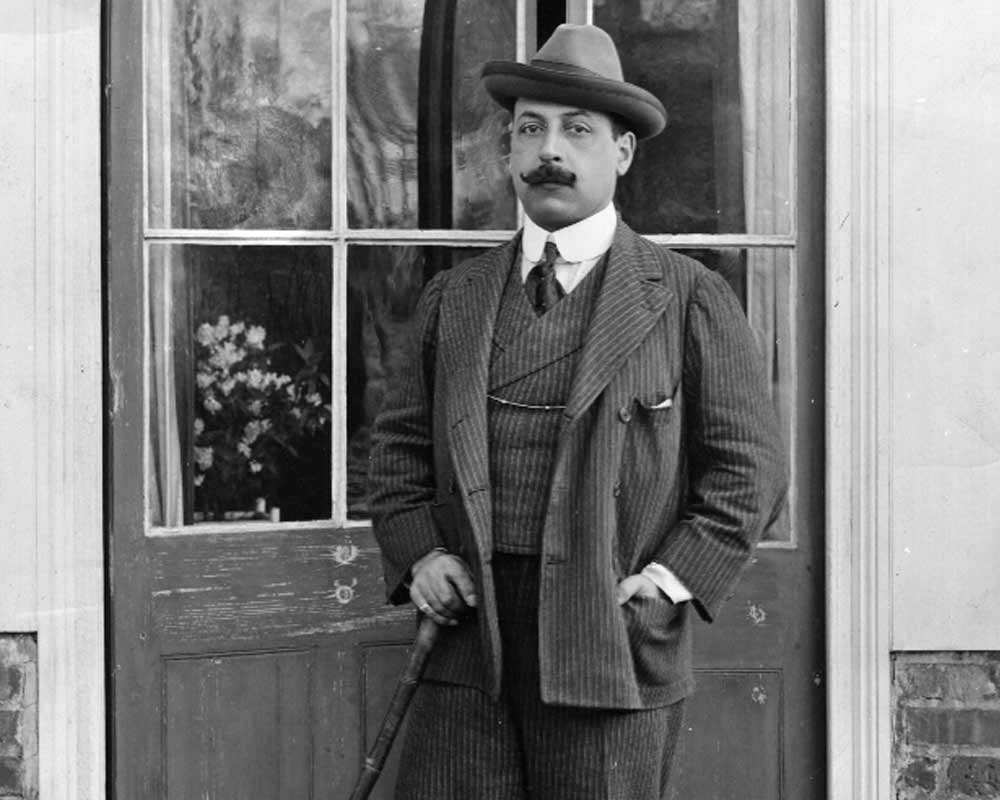
Planning a lavish ceremony upon his return to India, he wrote to Queen Victoria to tell her he was leaving England and duly set sail for ‘home’ in 1886. Halfway there, however, he was arrested and held under house arrest in Aden – and it was here that, far away from both his homeland and adopted country, he was re-baptised in a small ceremony.
Prevented from continuing on his journey, he travelled instead to Europe and finally died in Paris in 1893 aged 56. Despite his wish for his body to be returned to India, it was brought back to Norfolk and his recently-restored grave lies in the churchyard of St Andrew and St. Patrick in Elveden.
Born to be a grand Maharajah of India but denied his birthright, Duleep Singh is an important figure, not only to the British Sikh population, but for the lasting impact his life and heirs made in Norfolk. His deeply religious son Prince Frederick (1868-1926) spent much of his life restoring churches and buildings in Thetford and gifting them to the people. One of those was the Ancient House Museum, to which he donated his collection of antiques and over 200 portraits.
A magnificent bronze statue of Duleep Singh by sculptor Denise Dutton was unveiled in 1999 by Prince Charles, standing as a lasting reminder of the town’s fascinating links with the powerful but ultimately crushed Sikh Empire.
For more information on the life and lasting legacy of Duleep Singh, please see www.duleepsingh.com
